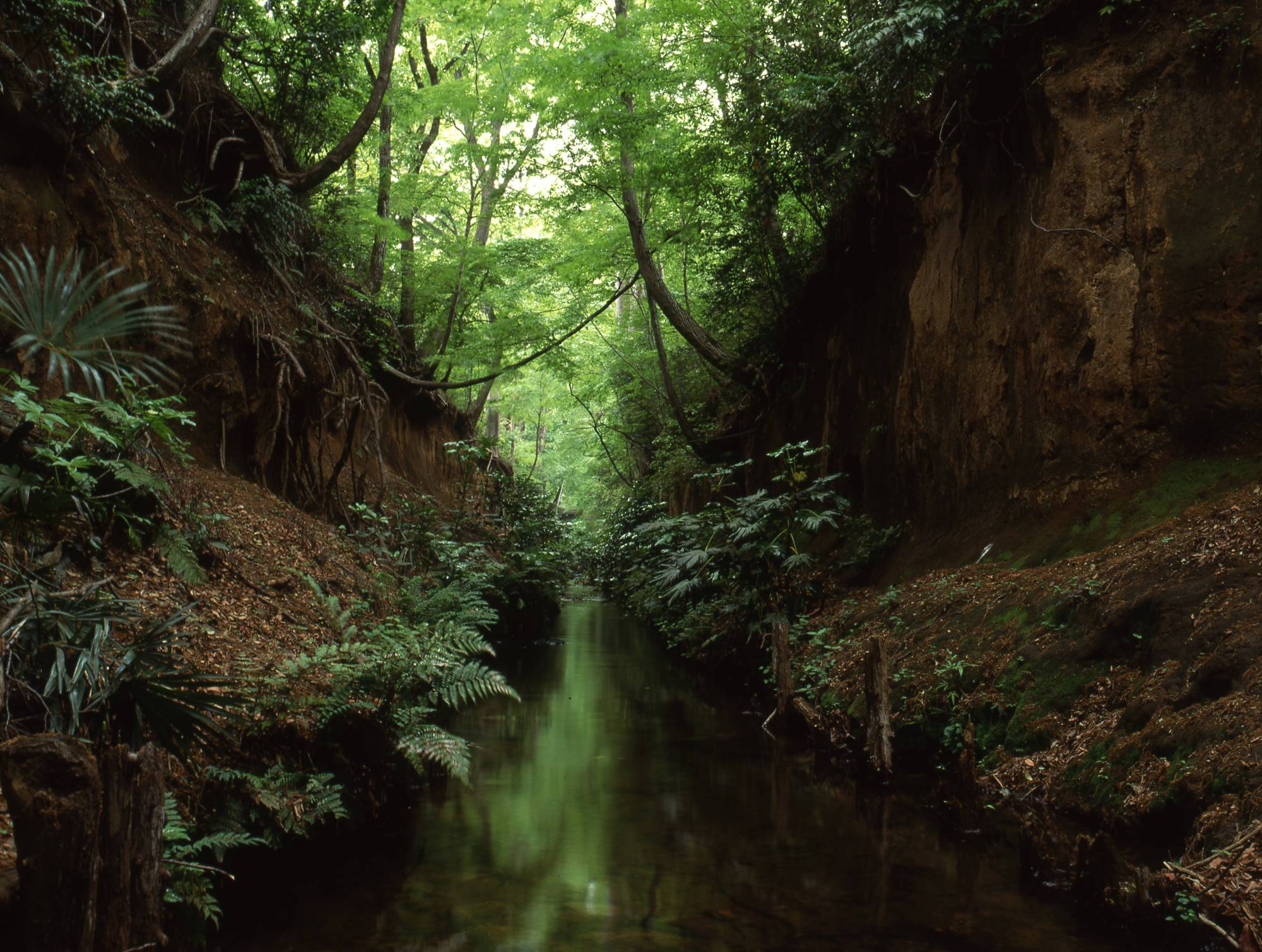Although the COVID-19 pandemic spurred the closure of cultural institutions for months in Japan, Fumio Nanjo, an art historian and the special advisory director of Hirosaki Museum of Contemporary Art (Hirosaki MOCA), believes that, despite the global crisis at hand, artistic expression is as important as ever.
“Perhaps art records our spirituality and struggle to overcome fear, and passes it down to the next generation, while giving us the power to combat our anxiety,” he says.
Even before Japan’s government issued a nationwide state of emergency in April, many museums voluntarily instituted temporary closures. The Tokyo National Museum, which had plans to open the exhibition “Passing on Cultural Heritage: Buddhist Murals and Sculptures of Horyuji” to celebrate the 70th anniversary of the Act on Protection of Cultural Heritage in March, shut its doors on Feb. 27. Similarly, Kyoto National Museum closed just 10 days after opening a new exhibition focusing on Girls’ Day and Japanese dolls.



















With your current subscription plan you can comment on stories. However, before writing your first comment, please create a display name in the Profile section of your subscriber account page.